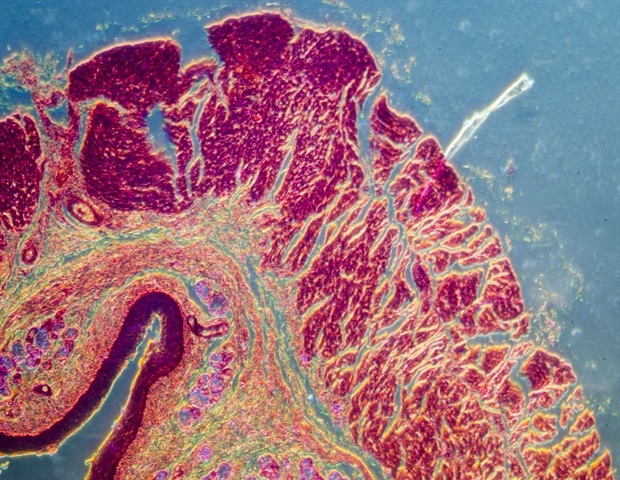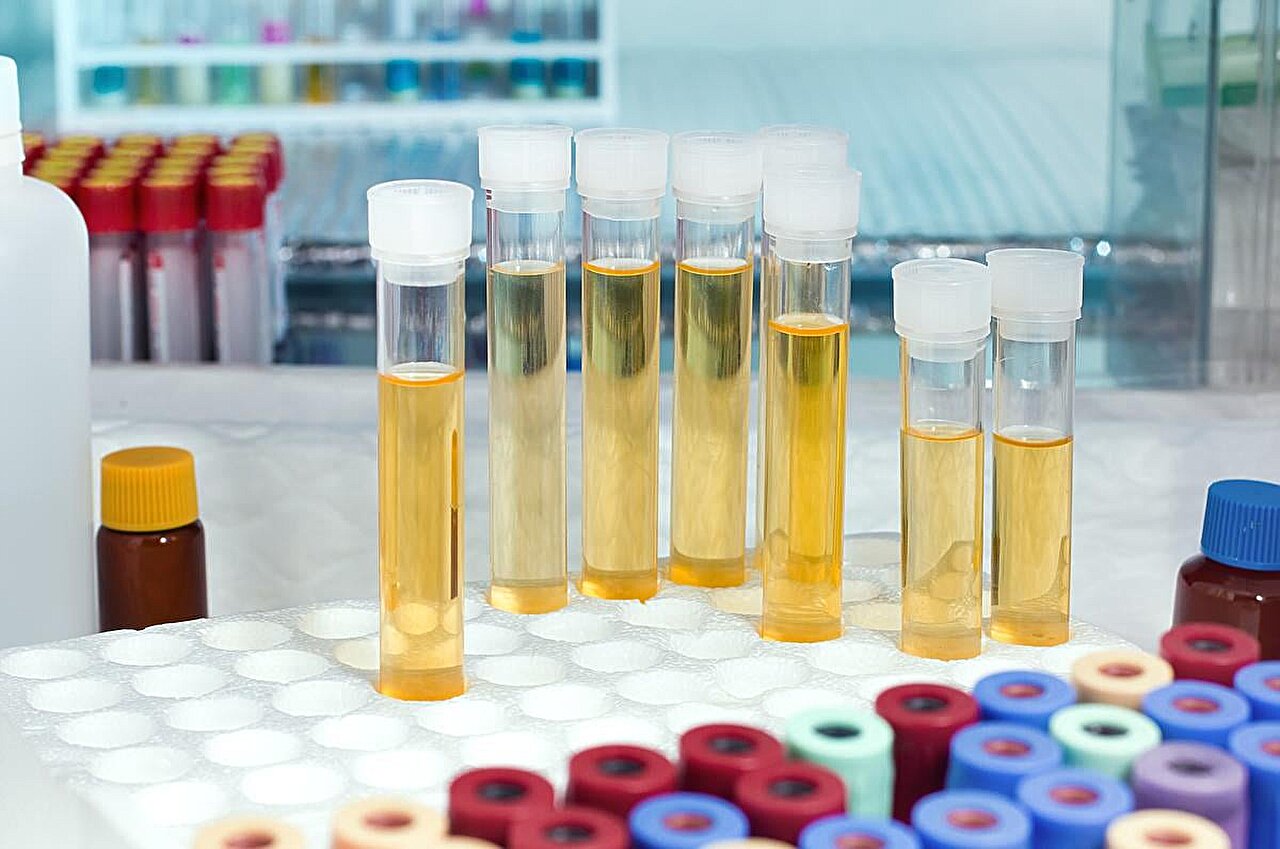Samples of yeast collected around Baltimore, that are being stress-tested at the Casadevall lab at Johns Hopkins University.
Casadevall Lab
hide caption
toggle caption
Casadevall Lab

Samples of yeast collected around Baltimore, that are being stress-tested at the Casadevall lab at Johns Hopkins University.
Casadevall Lab
Over six million fungal species are believed to inhabit Earth, and fungal infections are responsible for over 1.5 million deaths a year globally. Most of the infections happen among people with compromised immune systems.
Outsmarting them is the work of Arturo Casadevall’s lifetime.
“I want a greater understanding of the fungal world. I think the fungal world carries existential threats to humanity,” said Arturo Casadevall, who is a professor and chair of the molecular microbiology and immunology department at the Johns Hopkins School of Public Health.
What If Fungi Win? is the question at the heart of Casadevall’s new book, co-authored with journalist Stephanie Desmon. The book traces Casadevall’s journey from Cuba to combatting the pathogenic powers of fungi at his lab in Baltimore.

Dr. Arturo Casadevall is a leader in fungal microbiology and immunology. He recently co-wrote “What If Fungi Win?” with journalist Stephanie Desmon for Johns Hopkins University Press.
Casadevall Lab
hide caption
toggle caption
Casadevall Lab

Dr. Arturo Casadevall is a leader in fungal microbiology and immunology. He recently co-wrote “What If Fungi Win?” with journalist Stephanie Desmon for Johns Hopkins University Press.
Casadevall Lab
Casadevall’s passion for this work began during the AIDs crisis in 1988, while witnessing an HIV patient succumb to a Cryptococcus neoformans infection. Though cryptococcal meningitis is entirely treatable, the patient’s immune system could not fight back the invasion.
“Currently, infectious disease therapies focus on killing the bug. We need to do more to help the host,” Casadevall told NPR’s Short Wave podcast during a recent visit.
For decades, the immunologist has been pushing for better anti-fungal therapies. He hopes that one day there will be a vaccine to prevent and treat fungal disease.
He is also concerned about the potential for fungal outbreak to affect the global crop supply.
“If you develop fungicides, we can keep the threats under control while at the same time continuing to explore the wonderful things [fungi] give us. From wine to cheese to bread. This is a world you don’t see, because it is largely below your feet, and hidden from you,” says Casadevall.
Finding fungi in urban heat islands
Forward-thinking-about-fungi is the signature of the Arturo Casadevall Lab, a group of nearly two dozen researcher studying microbial disease from every angle.
Among them is postdoctoral research fellow Daniel Smith, who is searching for fungi on hot Baltimore sidewalks —and stress-testing them.
Most fungi cannot survive at the human body temperature of 37 degrees Celsius, or 98.6 degrees Fahrenheit.
Unlike the world depicted in the video game and HBO series The Last of Us, there are no fungal outbreaks causing mass societal collapse.
However, one part of the story rings true: Rising global temperatures could be expanding the areas where some fungi can survive.

Did fungi contribute to the demise of the dinosaurs? That’s one of Casadevall’s theories, commemorated by a laboratory door decoration.
Casadevall Lab
hide caption
toggle caption
Casadevall Lab

Did fungi contribute to the demise of the dinosaurs? That’s one of Casadevall’s theories, commemorated by a laboratory door decoration.
Casadevall Lab
In drought-stricken parts of California and Arizona, for example, drought is kicking up the spores of Coccidioides, the fungi that causes Valley Fever.
Hotter temperatures may also allow fungi to adapt to human temperatures and invade the body. That appears to be the case with Candida auris, a drug-resistant fungus first detected in 2009 in Japan. It has now been reported in 50 countries and six continents.
Smith wants to get ahead of the next outbreak and stop it before it starts.

Daniel Smith shares a selection of molds and yeasts, grown from dirt and sidewalk samples collected around Baltimore, MD. Smith is a postdoctoral research fellow in the Casadevall Lab.
Casadevall Lab
hide caption
toggle caption
Casadevall Lab

Daniel Smith shares a selection of molds and yeasts, grown from dirt and sidewalk samples collected around Baltimore, MD. Smith is a postdoctoral research fellow in the Casadevall Lab.
Casadevall Lab
Using heat maps from the National Oceanic and Atmospheric Administration, Smith has begun to identify the hottest sidewalks in Baltimore. These “heat islands” are often in the lower-income parts of the city.
Once there, Smith looks for fungi by scooping up samples into a little tube or sticking a Starburst into the sidewalk terrain. “The warmth of the sidewalk really helps it actually get melt a little bit and get into the nitty gritty of the sidewalk material,” he explained.
From these samples, Smith picks off those mold colonies and starts testing their sensitivity to heat and other stressors.
Though further research is required, there is some indication that fungi in warmer neighborhoods are more heat-resistant and are able to withstand hotter temperatures than fungi in cooler neighborhoods.
“Knowing that they’re adapting to an environment is important to know beforehand,” Smith said, while sifting through petri dishes filled with yeast colonies. “So if the NIH is listening…” he trails off with a grim laugh.

The Casadevall Lab out to lunch
Casadevall Lab
hide caption
toggle caption
Casadevall Lab

The Casadevall Lab out to lunch
Casadevall Lab
Listen to Short Wave on Spotify, Apple Podcasts and Google Podcasts.
Listen to every episode of Short Wave sponsor-free and support our work at NPR by signing up for Short Wave+ at plus.npr.org/shortwave.
Today’s episode was produced by Jessica Yung and edited by our showrunner, Rebecca Ramirez. It was fact-checked by Tyler Jones. The audio engineer was Gilly Moon.






